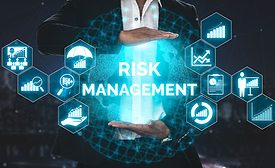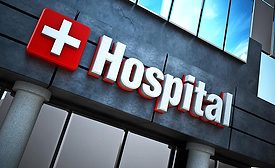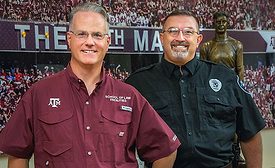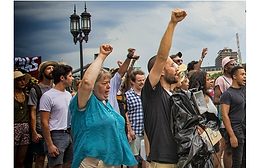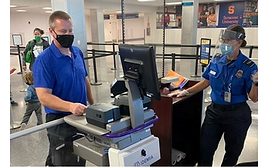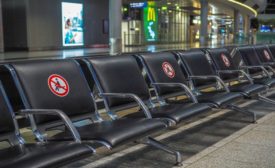Home » COVID-19
Articles Tagged with ''COVID-19''
COVID-19, shutdowns and unrest cascade across the guarding world
Take a look at the ebbs and flows security officers and guarding companies have weathered in 2020.
December 1, 2020
Sign-up to receive top management & result-driven techniques in the industry.
Join over 20,000+ industry leaders who receive our premium content.
SIGN UP TODAY!Copyright ©2024. All Rights Reserved BNP Media.
Design, CMS, Hosting & Web Development :: ePublishing



